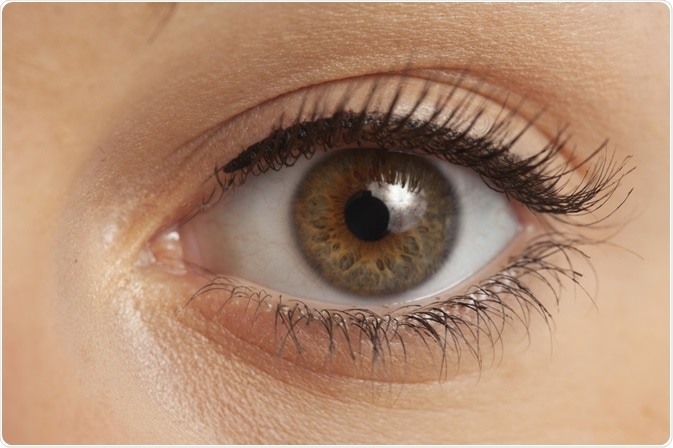Ocular hypertension is defined as a higher than normal intraocular pressure (eye pressure) that significantly increases the risk of developing glaucoma.
 Rocketclips, Inc. | Shutterstock
Rocketclips, Inc. | Shutterstock
Epidemiology of ocular hypertension
The incidence of ocular hypertension varies among by race and ethnicity, and also increases with age. According to one epidemiological study, African-Caribbean persons are more at risk for ocular hypertension; this group has the highest prevalence of disease globally (12.6%).
Among White persons enrolled in the Framingham Eye Study, prevalence was 6.2% in persons aged less than 65 years and 8.7% in persons aged older than 75 years. In South India, the prevalence is 1.1% in persons older than 40 years.
Why is it important to detect ocular hypertension early?
Although ocular hypertension is mostly asymptomatic, chronically high eye pressure can trigger glaucomatous optic neuropathy (disc changes and visual field defects). According to the Ocular Hypertension Treatment Study (OHTS), about 2% of people with untreated ocular hypertension develop glaucoma in one year, and 9.5% develop glaucoma in 5 years. After 13 years, that rises to 22%.
An increased intraocular pressure is the most frequent risk factor for glaucoma (a serious eye disorder characterized by optic nerve damage and vision loss); however, glaucoma can also develop in the absence of ocular hypertension (low-tension or normal-tension glaucoma). Several factors that are associated with ocular hypertension can further increase the risk of glaucoma onset.
Central corneal thickness is one such risk factor. The accuracy of the eye pressure measurement significantly depends on the biochemical properties of the cornea. In case of thicker cornea, applanation tonometry may provide an overestimated value of the eye pressure; whereas, in case of thinner cornea, the value may be underestimated.
Every 40 µm decrease in central corneal thickness increases the risk of glaucoma development by 81%. Therefore, while evaluating glaucoma risk factors, it is important to keep in mind that people with thinner corneas and ocular hypertension are more susceptible to glaucoma than those with thicker corneas and ocular hypertension.
Another risk factor is cup-to-disc ratio, which is used to assess the progression of glaucoma. The optic cup is the cup-like central portion of the optic disc. In glaucoma, higher intraocular pressure causes additional cupping of the disc, which is a pathological eye condition.
The cup-to-disc ratio measures the difference between the diameter of cup-like portion of the optic disc and the total diameter of the optic disc. An increase in horizontal and vertical cup-to-disc ratio can significantly increase the risk of glaucoma progression.
Is ocular hypertension preventable?
Steps can be taken to prevent ocular hypertension becoming glaucoma, and this is particularly important in patients with a family history of the condition. Treatment consists of topical eye drops which reduce the eye pressure and thus, glaucoma risk by 50%.
Regular monitoring of the eye pressure is also important. Moreover, patients with ocular hypertension must undergo annual follow-ups with visual field testing and optic nerve imaging.
Given that medications can be expensive and side effects and poor adherence are possible, it is important to categorize patients with ocular hypertension as low, moderate, or high risk before initiating treatment.
Patients with eye pressure of > 30 mm Hg are particularly at high risk. Similarly, patients with eye pressure of > 26 mmHg and central corneal thickness of < 555 microns are at high risk. These individuals definitely require medications to reduce the eye pressure by at least 20%.
An eye pressure of 24 – 29 mm Hg without retinal nerve damage or an eye pressure of 22 – 25 mm Hg with central corneal thickness < 555 microns is considered moderate risk. Annual follow-ups are essential for patients who are at moderate risk of glaucoma. Treatment for this patient cohort generally starts only after the diagnosis of early glaucoma-related changes.
Patients with eye pressure of 22 – 23 mm Hg and central corneal thickness of > 588 microns are at low risk and rarely develop glaucoma. Thus, treatment is not recommended for these patients. However, they should undergo a follow-up every 2 years.
Further Reading